The four C’s are the backbone of diamond value and pricing. Each category affects value and helps professionals determine what a diamond is worth. As a consumer, it’s important to understand these four value factors to know what you’re buying.
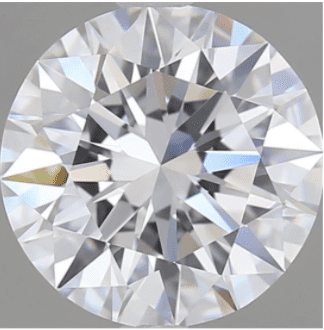
Cut can refers to two aspects of a diamond. The first is its shape. For example, is the diamond in question a round brilliant cut or a princess cut? The second is its cut grade, this deals with the quality of its cut and how well the diamond cutter kept symmetry and shape appeal. Symmetry is how even the stone looks. Are all four corners equally rounded? Does each flat edge look the same? Shape appeal, on the other hand, is more opinion based. Let’s say you have a heart cut diamond but it doesn’t quite look right. The curves at the top of the heart are both flat! Most people aren't looking for this shape. When they want a heart cut, they aren’t going to want the top two curves to be flat. This flat topped heart is symmetrical since both sides look the same. The problem is the shape is no longer appealing to most. That may not be the case for everyone, someone may think it abstract and a unique must have!
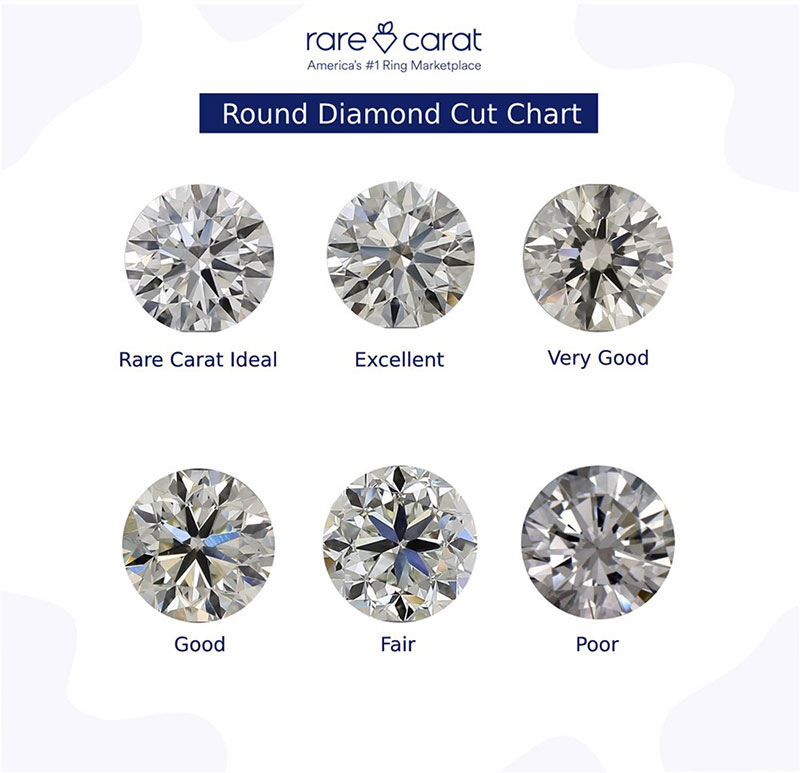
Diamonds are graded on the D to Z color scale. Each letter from D to Z represents an amount of pigment (not hue) and is graded based on this info. D is colorless and Z has a light color. D is the rarest and represents stones with the highest value on the scale. As you make your way down to Z each letter has a little more color than the last and that takes away from its value.
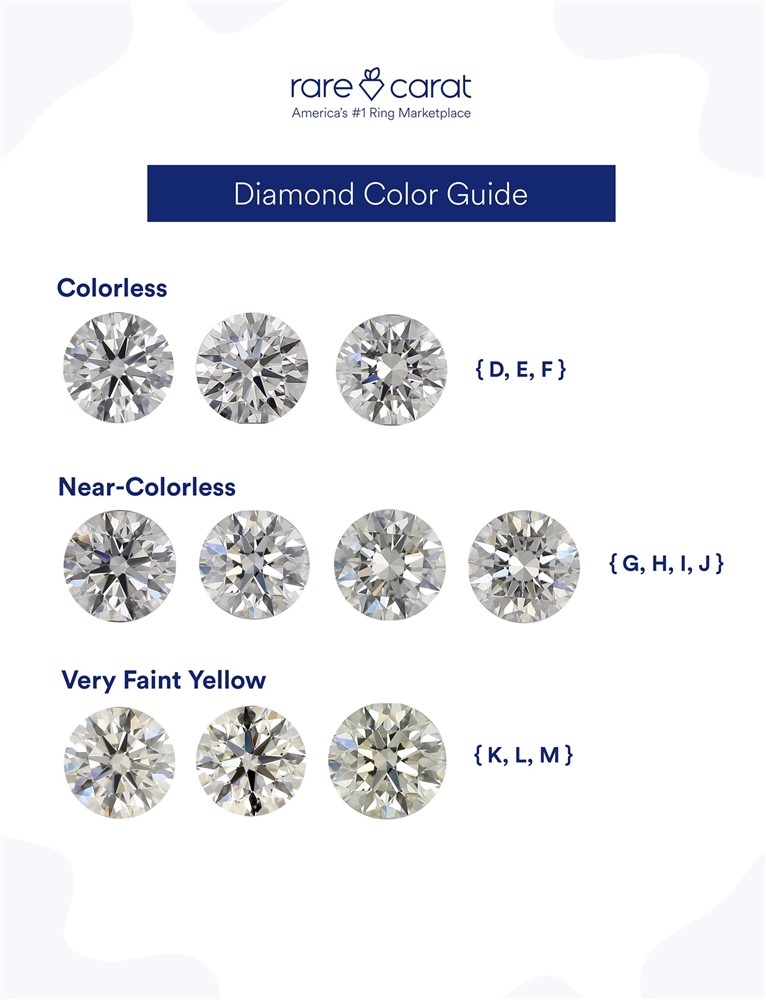
A clarity grade is just how it sounds. Diamonds are assessed for clarity characteristics and are given a grade between Flawless and I3 based on what graders find. Clarity grades from most valuable to least are F, IF, VVS1 VVS2, VS1, VS2, SI1, SI2, I1, I2, and I3. The majority of diamonds you’ll see in jewelry stores are between VVS1 and SI2. Anything above that is so expensive that it wouldn't make sense for a jeweler to have it in stock, since it's out of most people's price range. On the other hand, you typically won't find anything below an SI2 in a jewelry store for the simple fact that these grades are so heavily compromised by clarity characteristics that they are better used for industrial purposes.
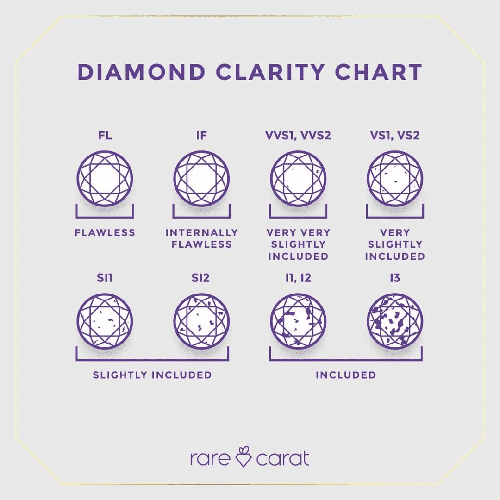
Carats are the measurement people use to weigh diamonds. One carat is 0.02 grams and can be broken down into a smaller measurement of weight called points. Points are 0.01 of a carat and come in handy when describing a stone that is less than a carat. For instance, it is easier to say “ This diamond is fifty-three points” compared to “This diamond is .53 carats”. The only issue with describing stone weight in points is that this form of measurement mainly is used between professionals, so most people out of the jewelry biz will be confused.
The Fifth C?
You may have heard whispers of there being a possible fifth C. To those that consider it, one of the c's is its country of origin. Scientists in the gem industry are currently collecting data from gemstone specimens around the world. Their hope is to eventually identify a stone's country of origin based on its traits.
I hope this knowledge serves you well while on the hunt for the perfect diamond. If you have any questions regarding the 4 C’s, don’t hesitate to chat with one of Rare Carat’s many trained gemologists. They are there to help you with your diamond buying needs!
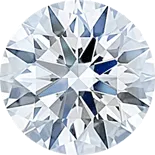 Round
Round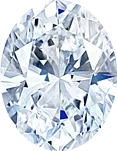 Oval
Oval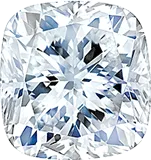 Cushion
Cushion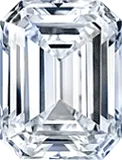 Emerald
Emerald Princess
Princess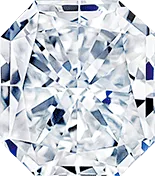 Radiant
Radiant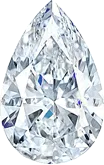 Pear
Pear Marquise
Marquise Asscher
Asscher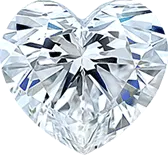 Heart
Heart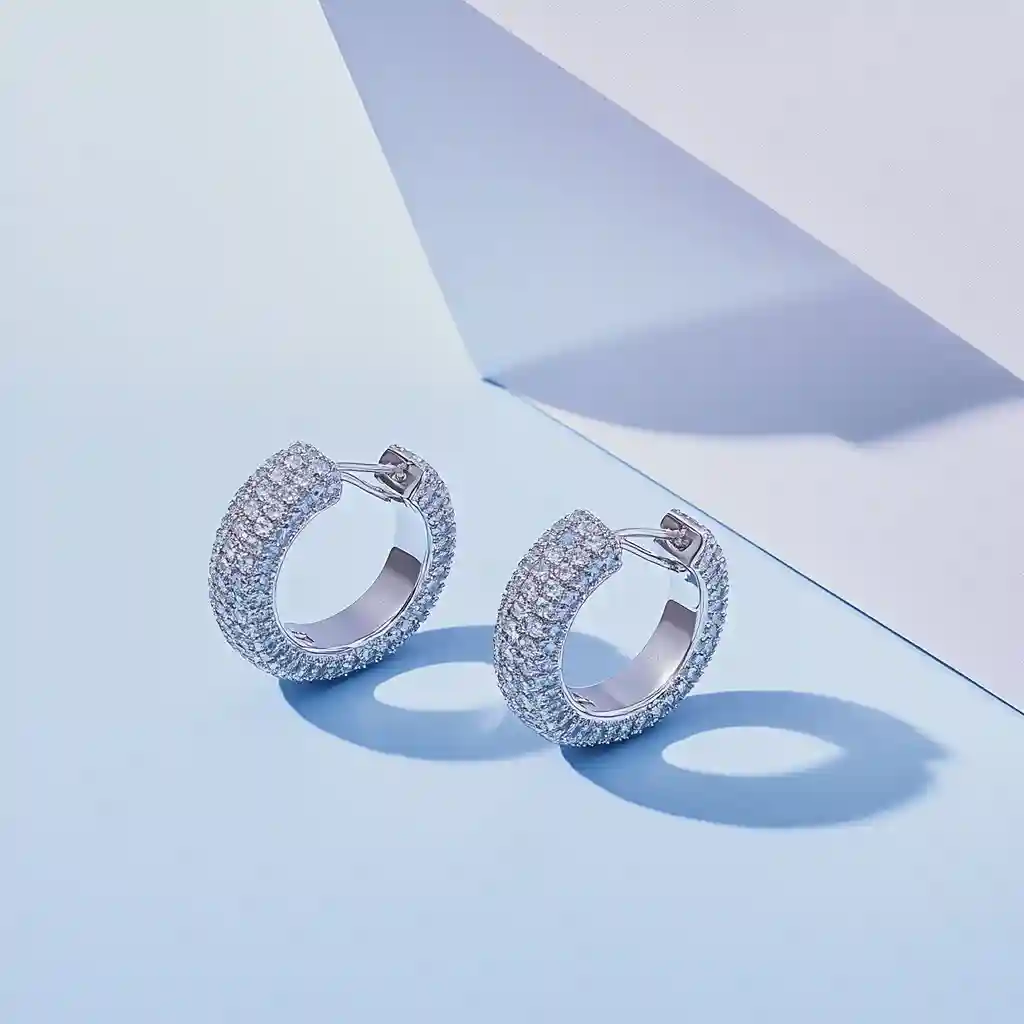
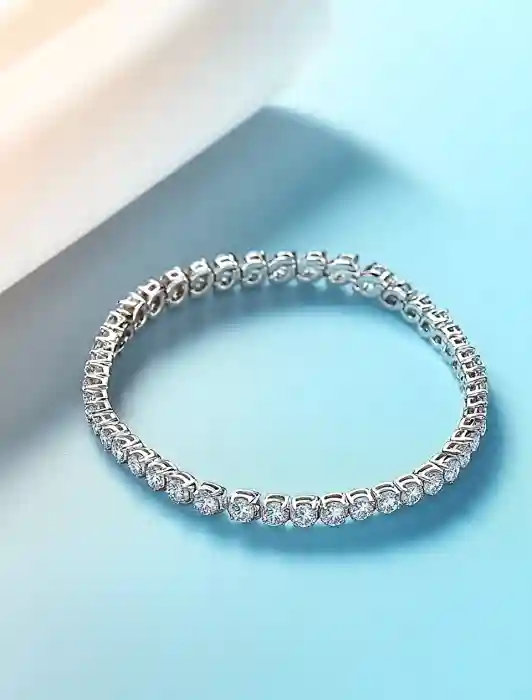
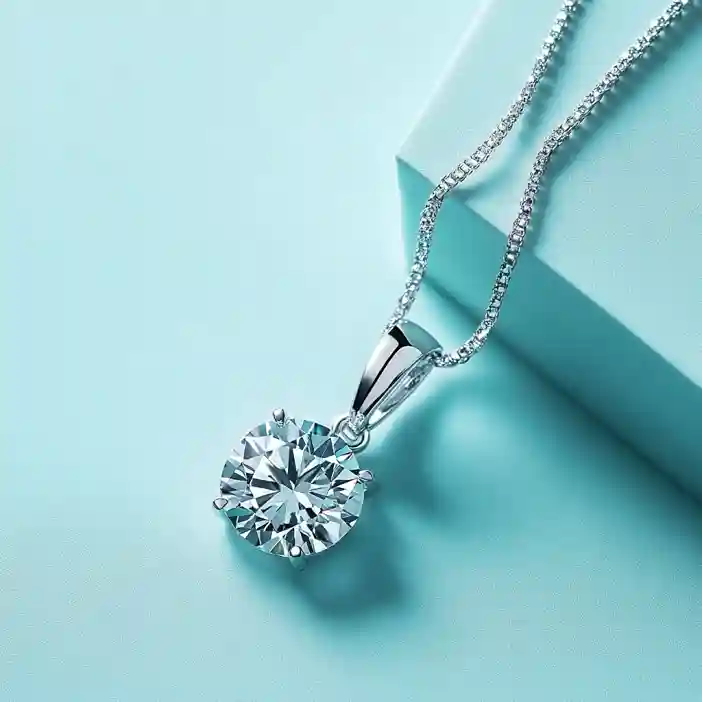
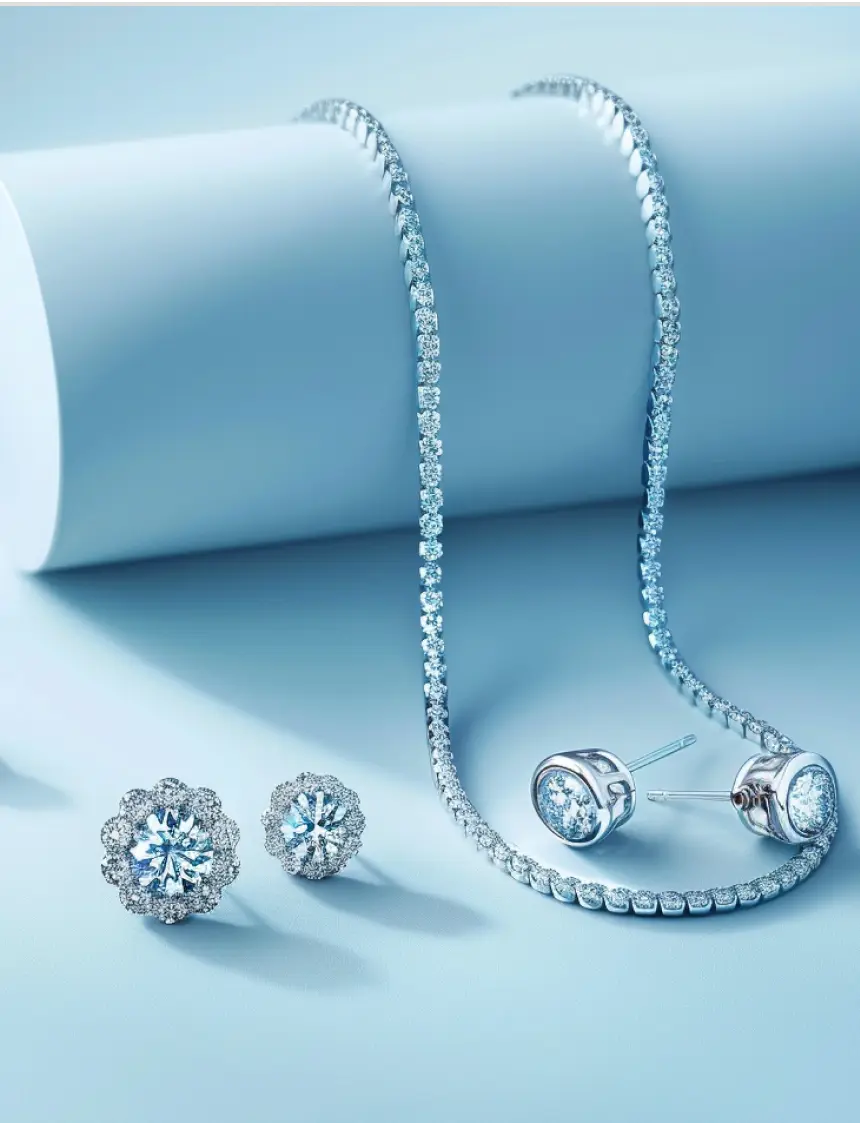





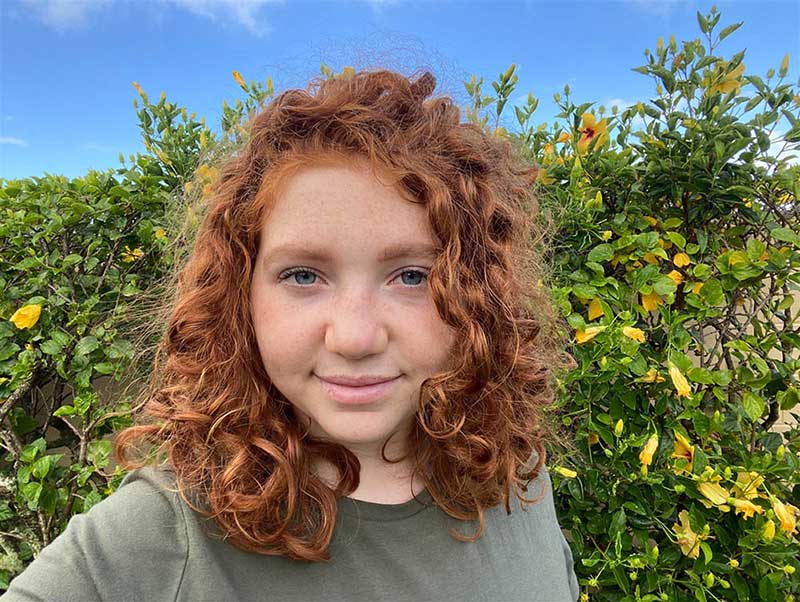
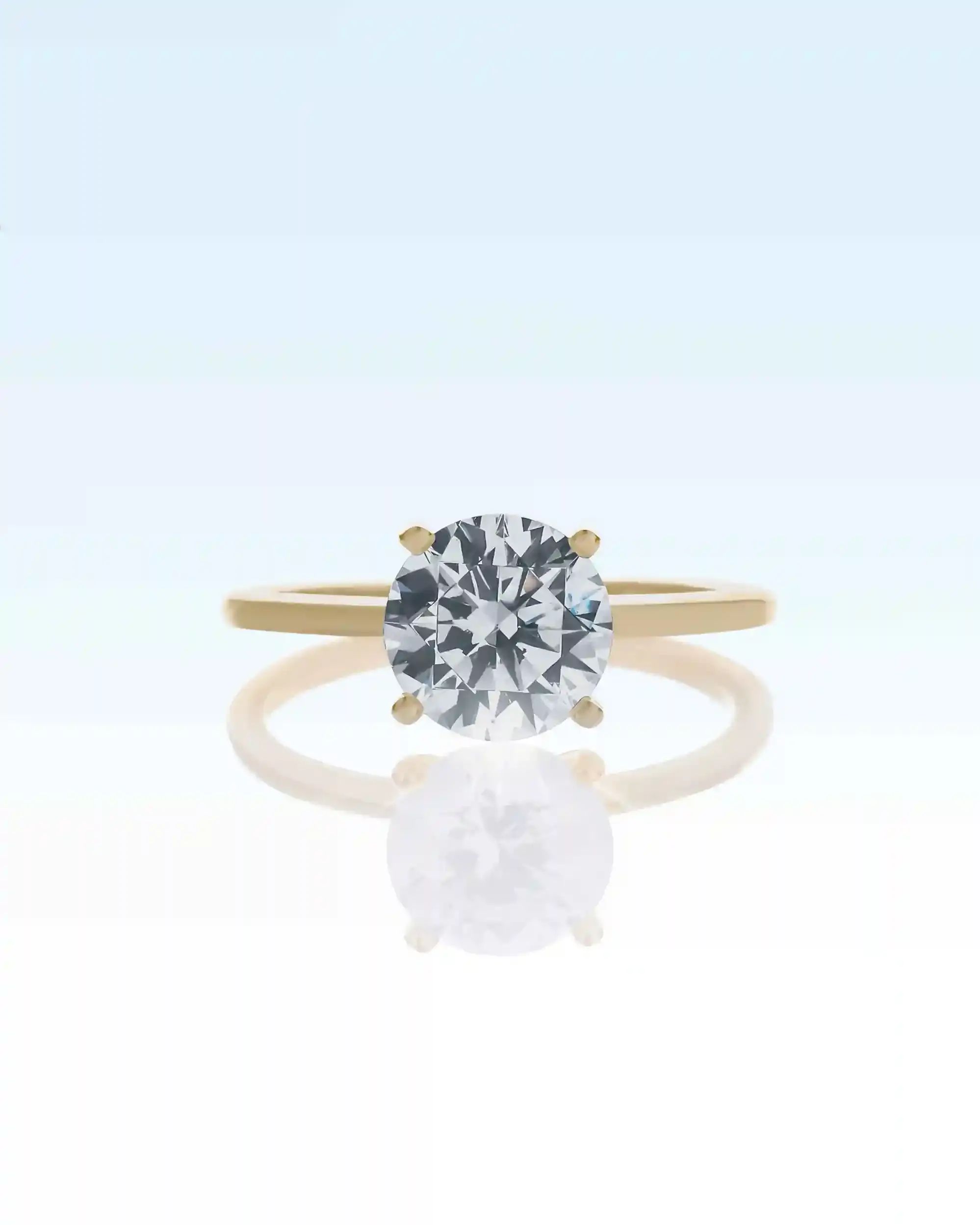
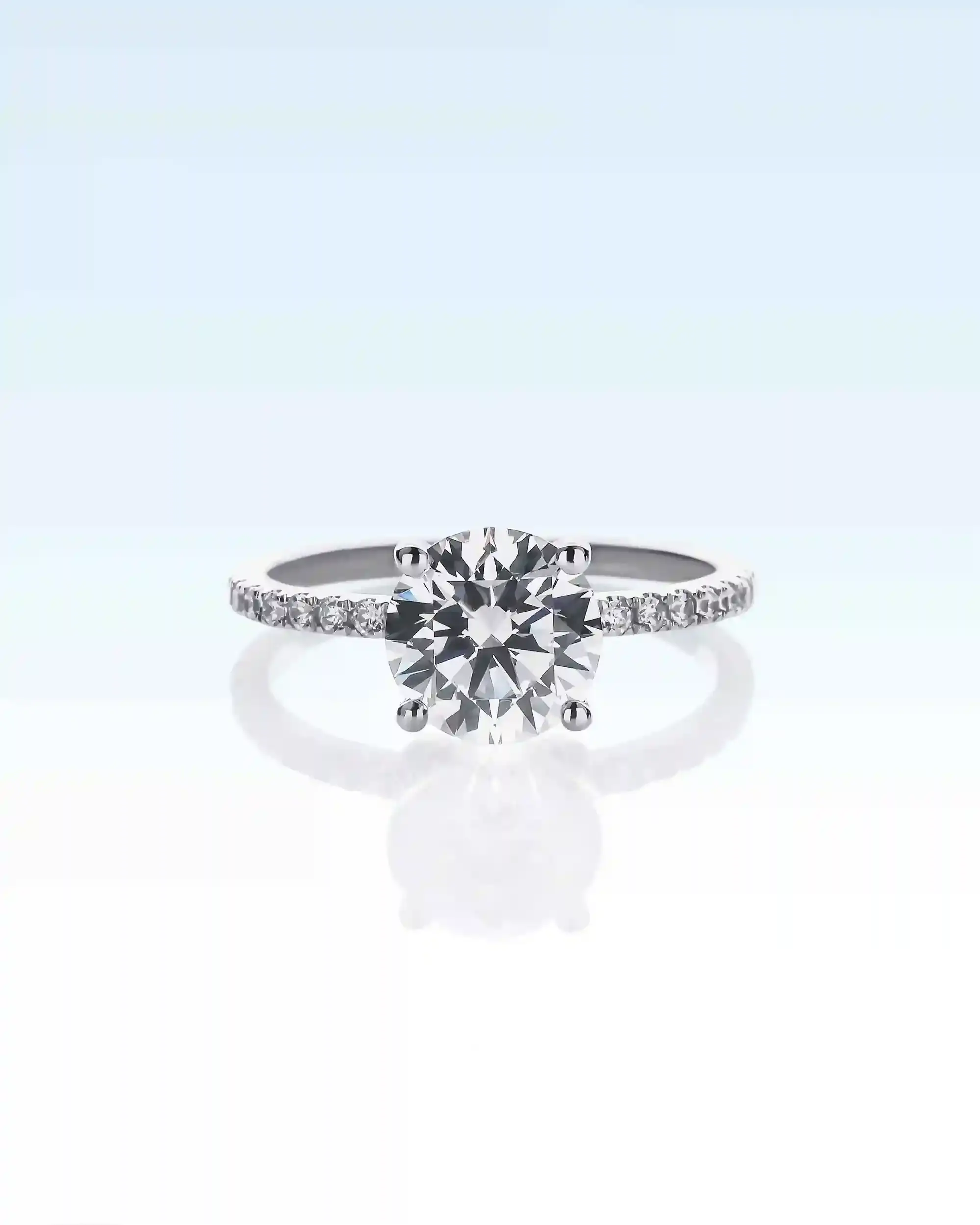
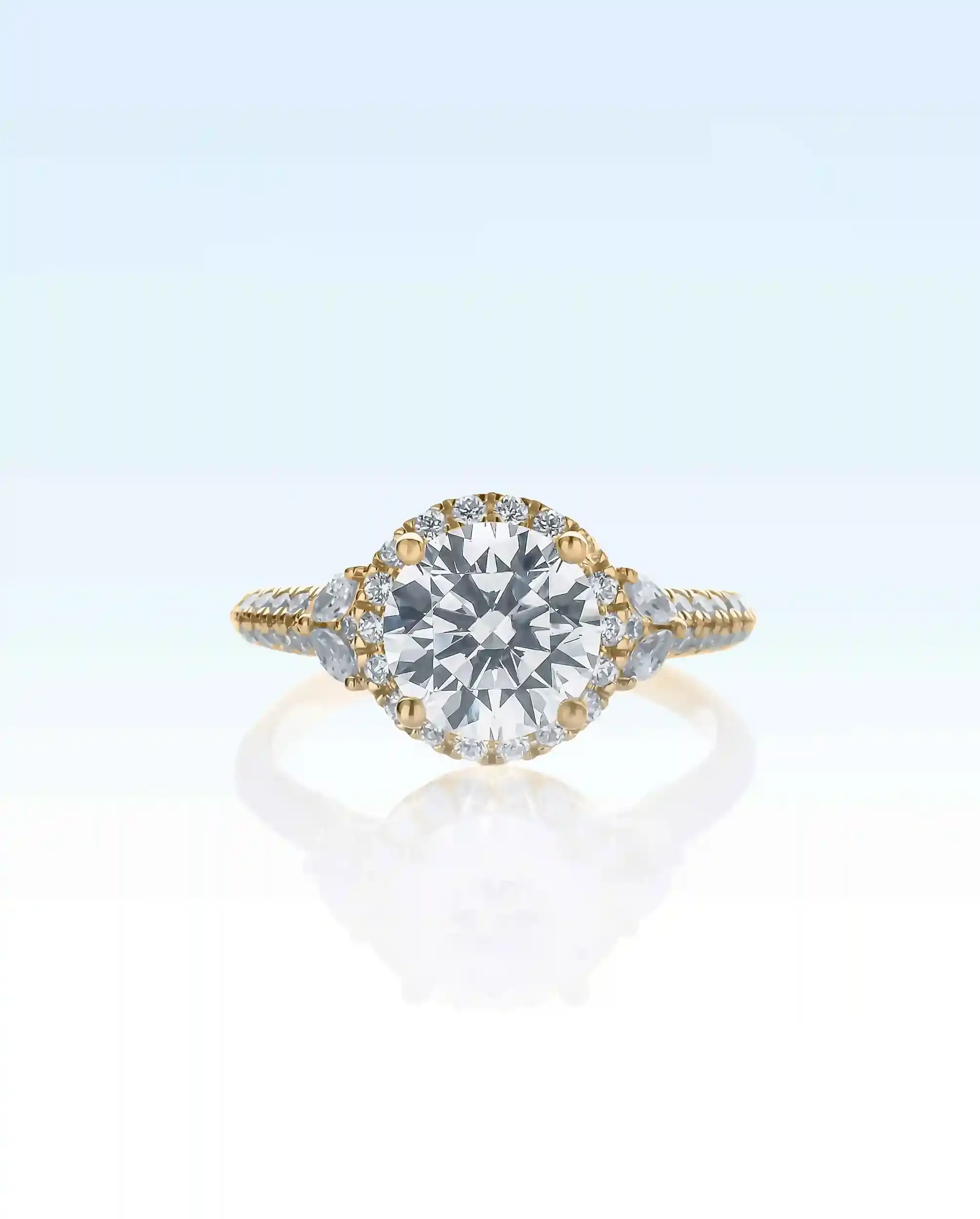
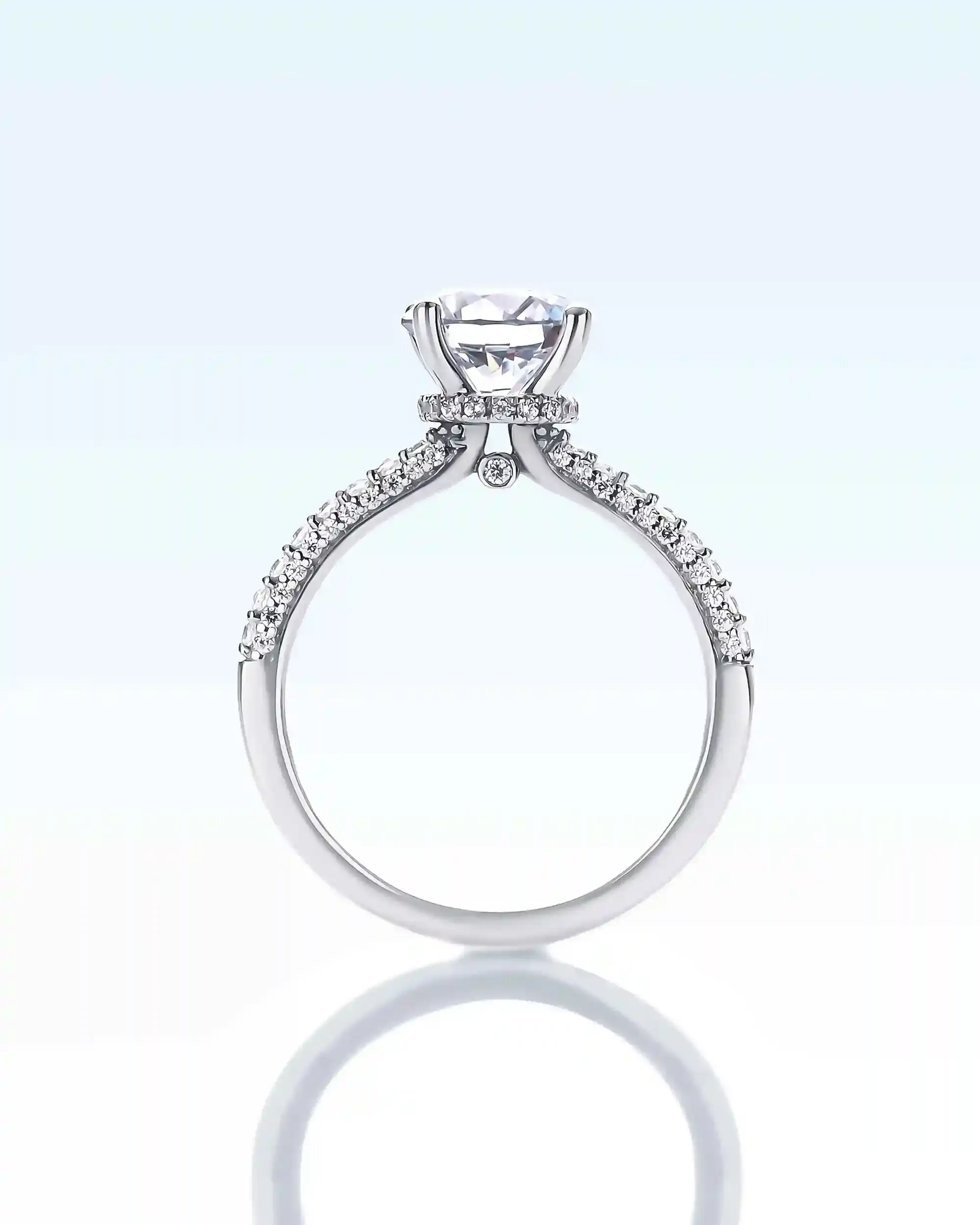
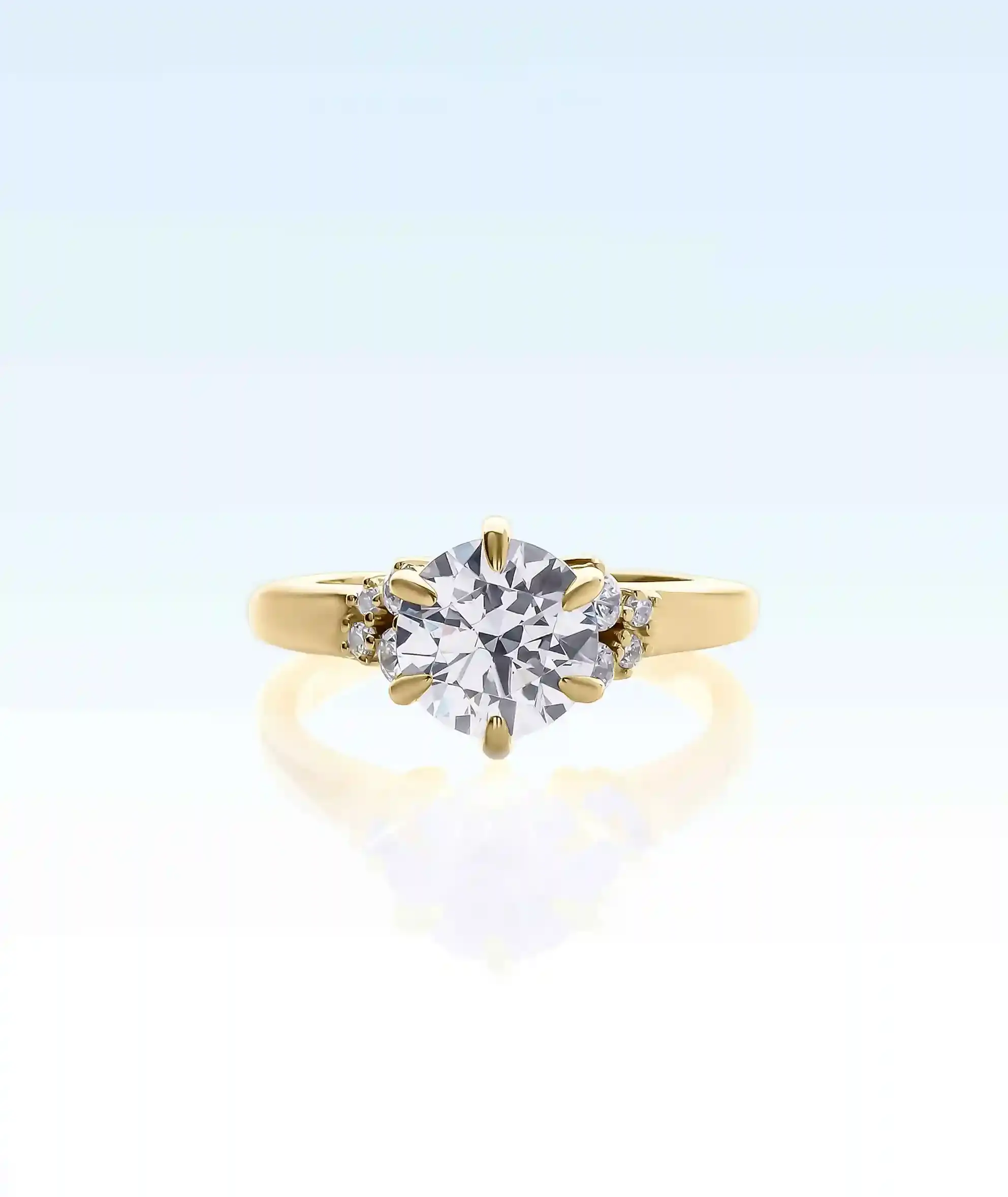

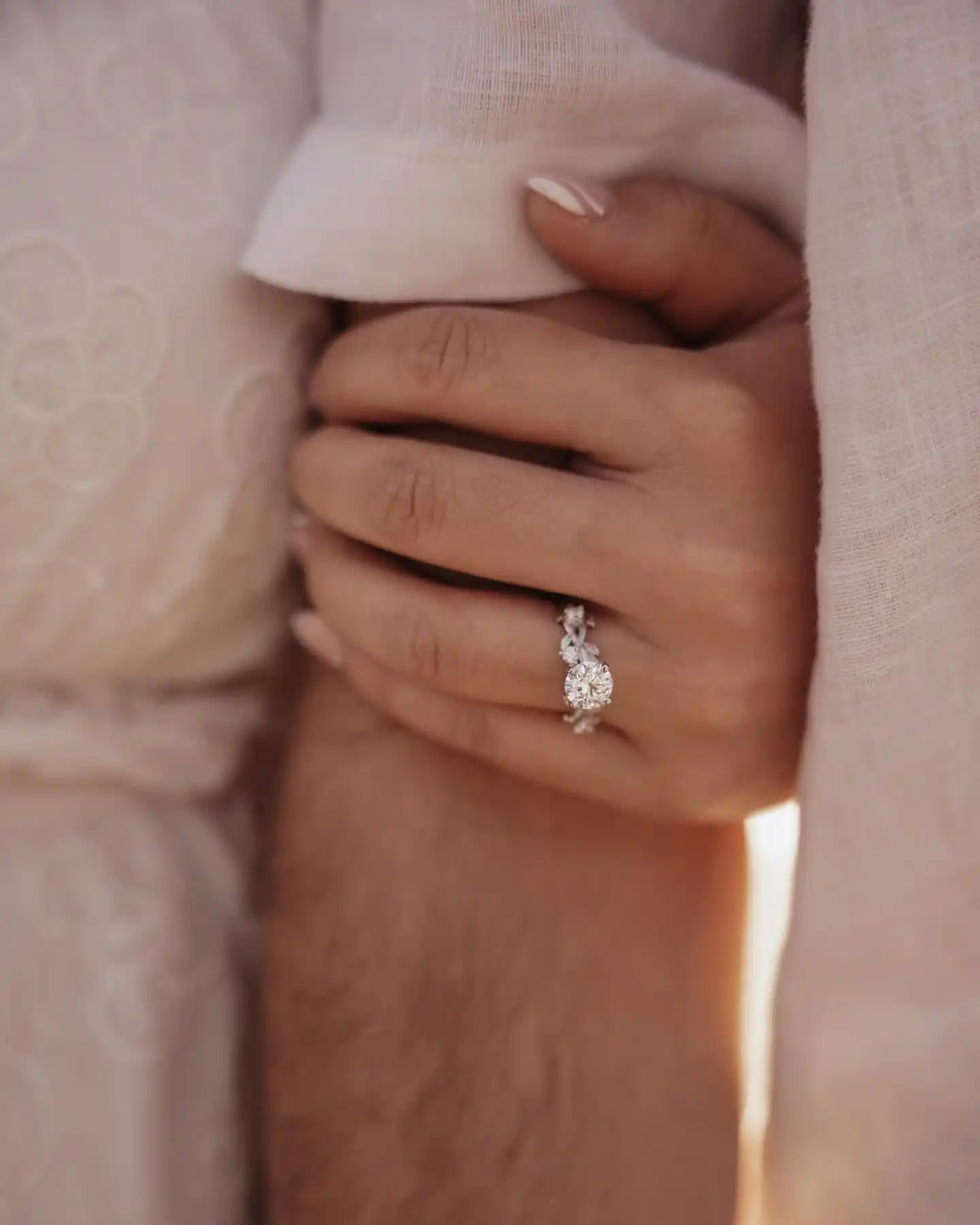
 @mayaharwood
@mayaharwood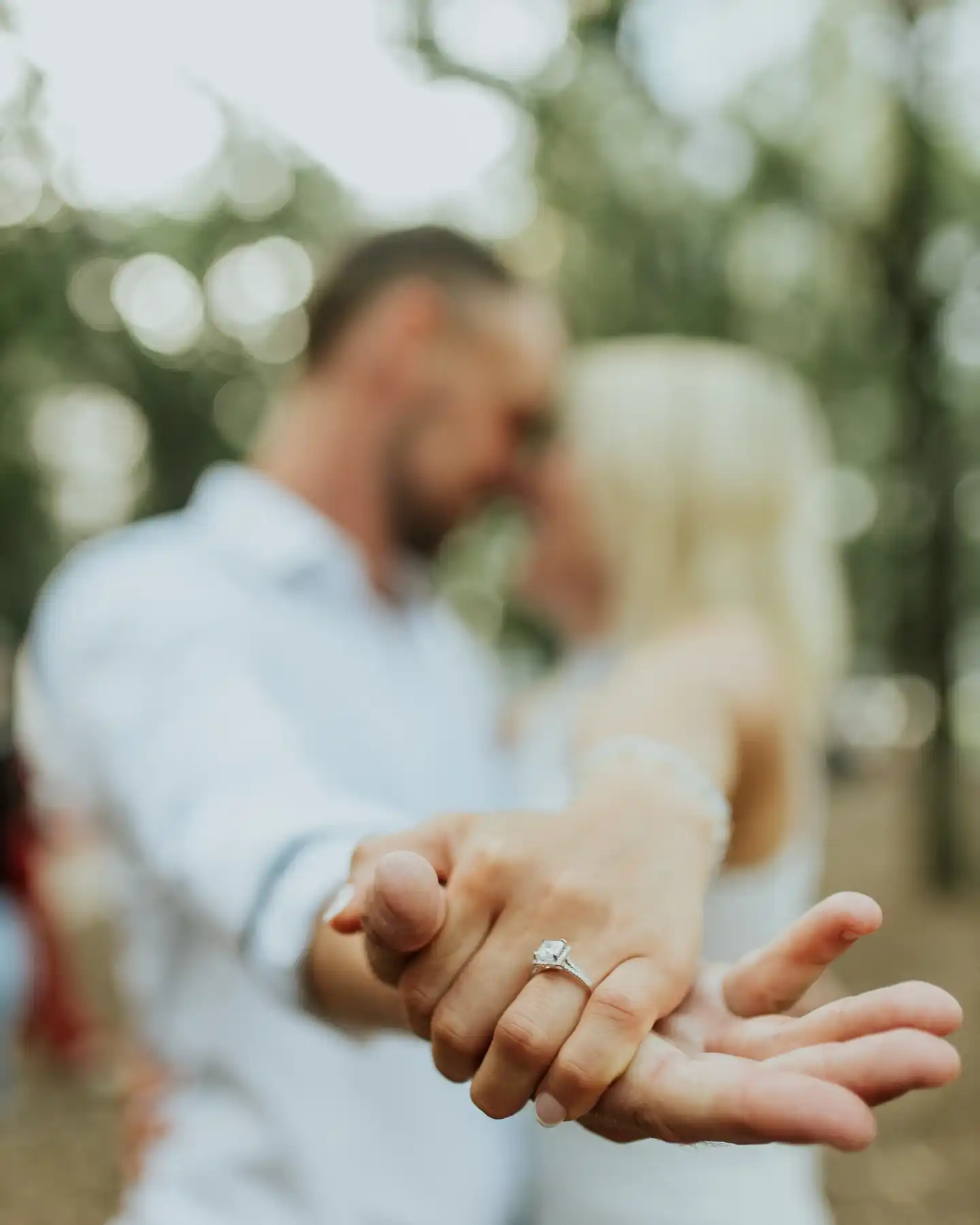
 @thatspitfirenurseem
@thatspitfirenurseem%20@so.calshooter%20(1).webp)
 @mfreeborn.1
@mfreeborn.1%20@mtienpasertkij%20.webp)
 @dj_phillyc
@dj_phillyc%20@sydnitaylorrealestate%20.webp)
 @lovelysotto_
@lovelysotto_%20@sammibabyxoxo%20.webp)
 @erika_renae
@erika_renae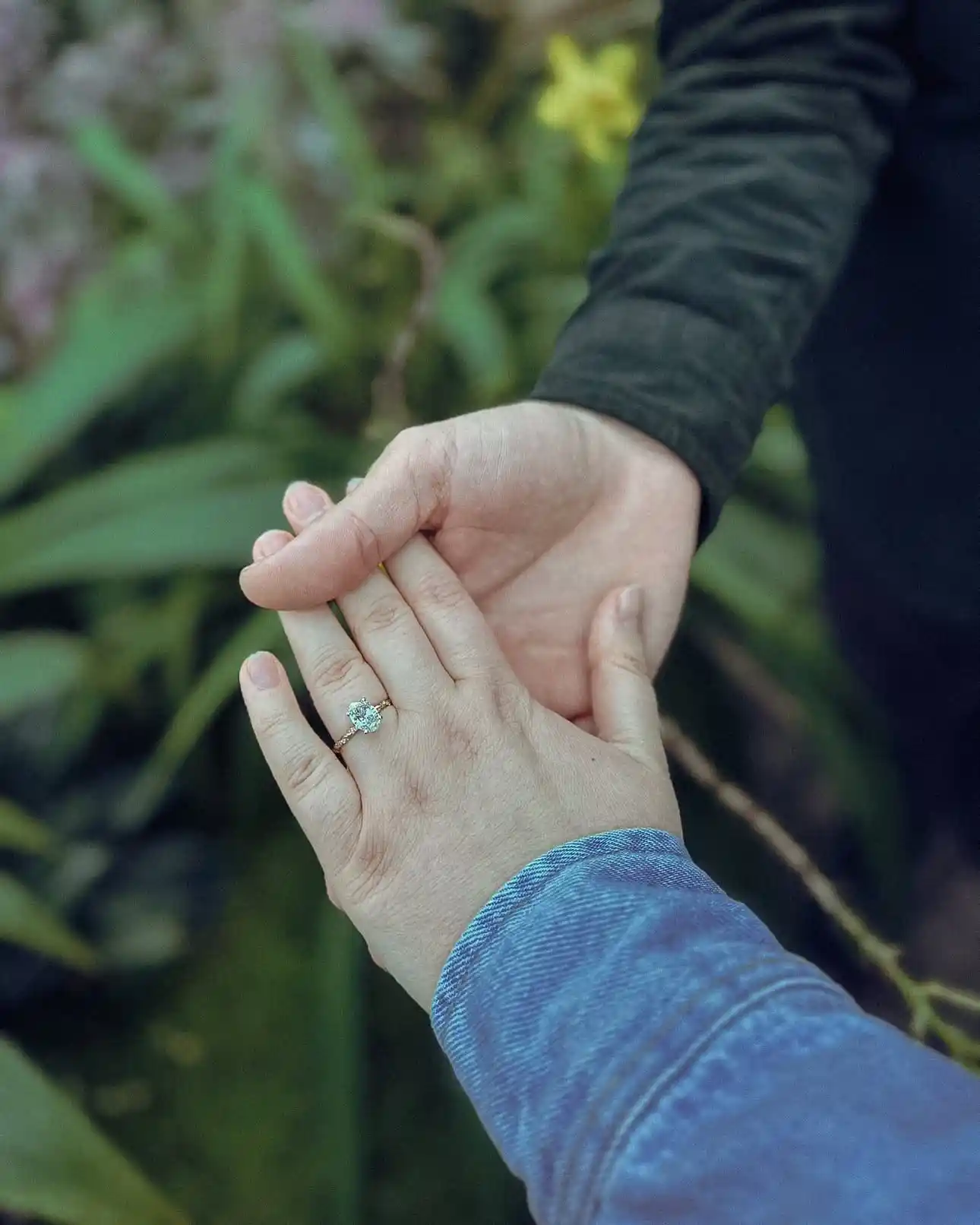
 @krntc
@krntc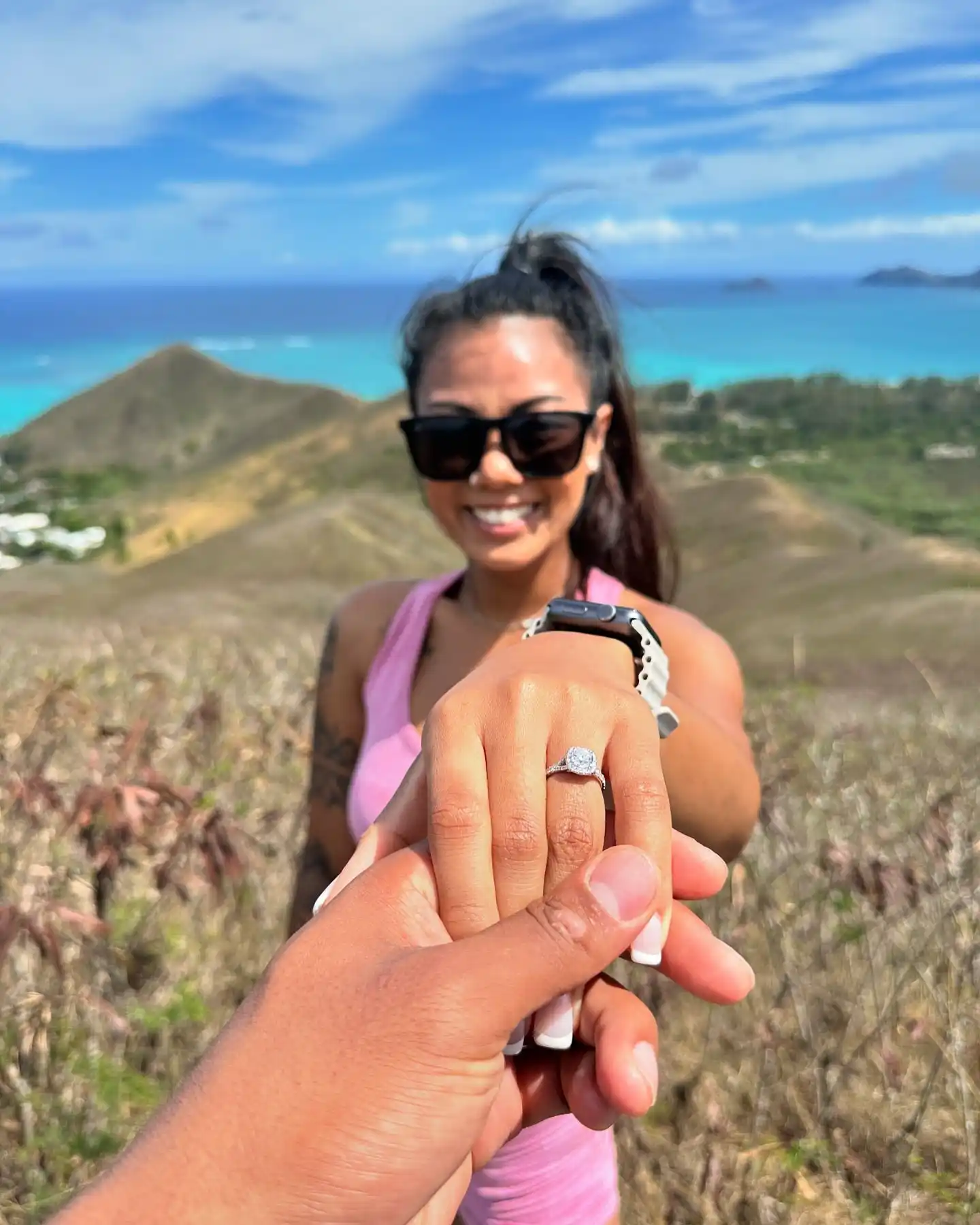
 @dorianlair
@dorianlair%20@natemorrison9.webp)
 @missclaireshinn
@missclaireshinn